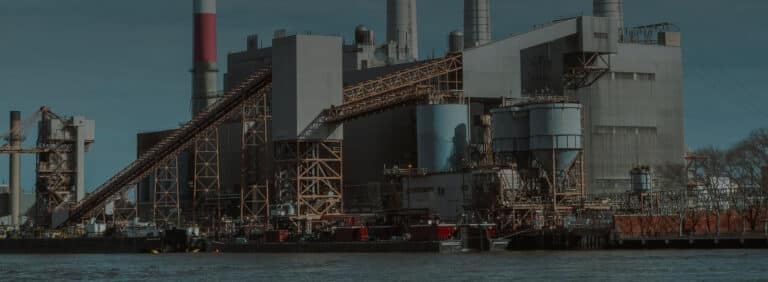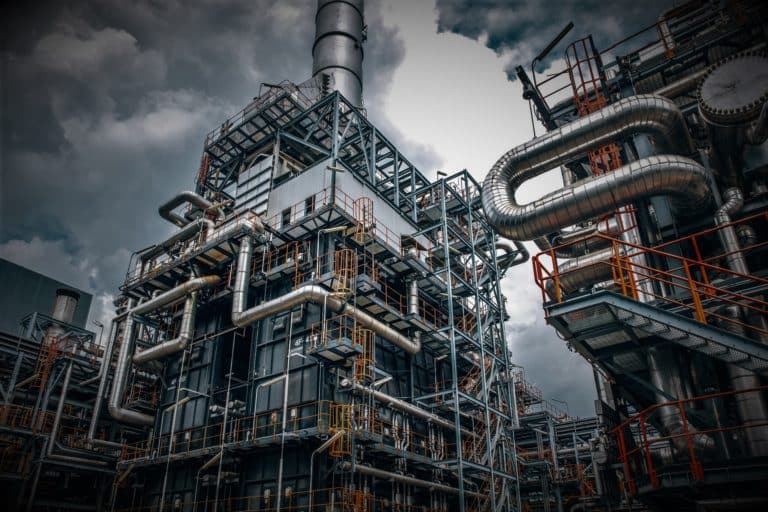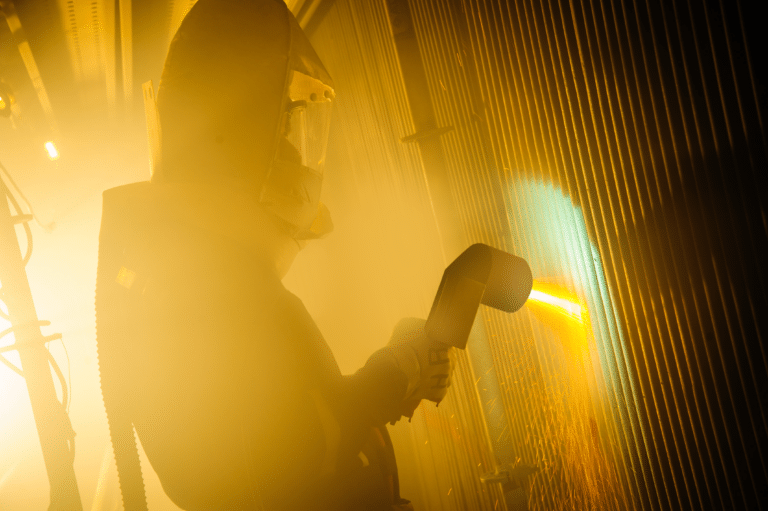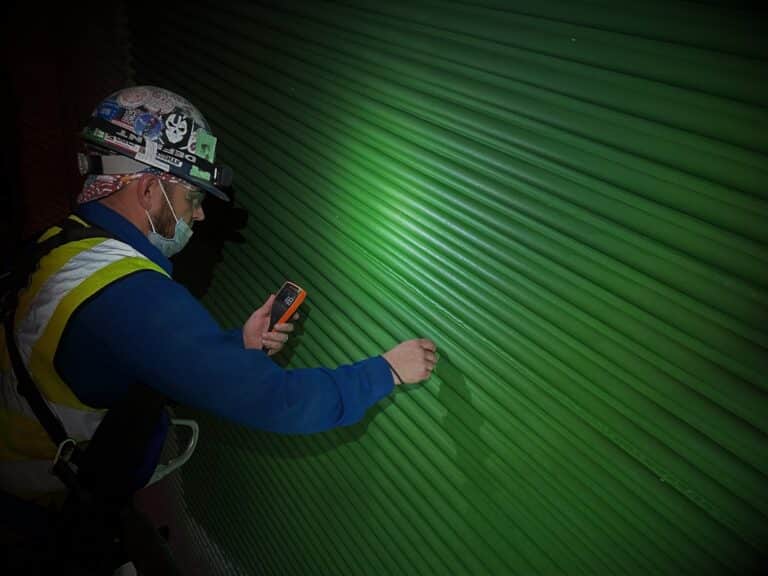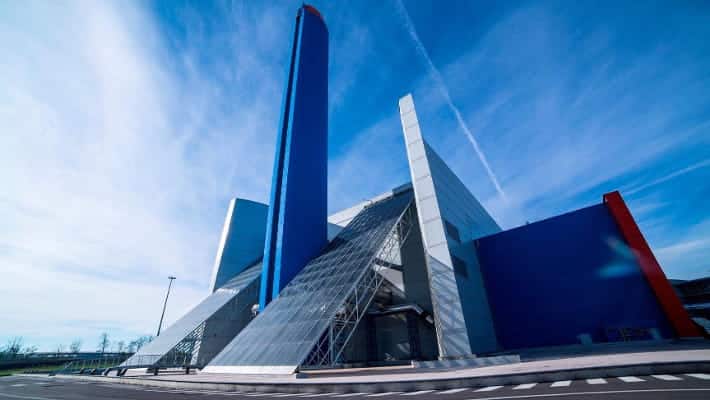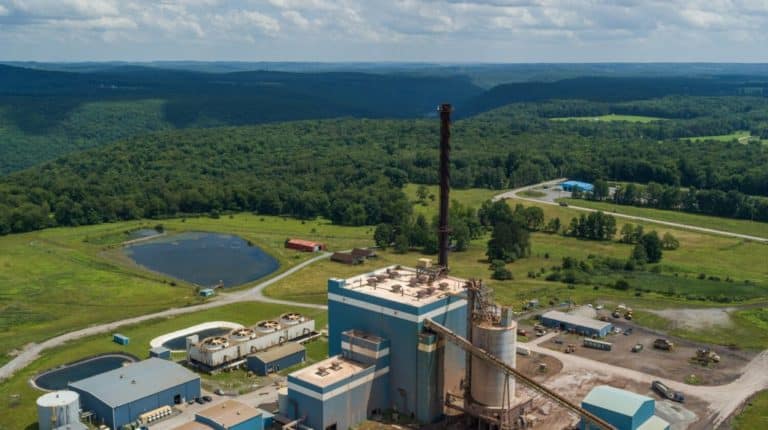LPA Screen Maintenance Resolves SCR Ash Piling and Pluggage
The Problem: A History of Screen Breaches
This unit had proven to be a very difficult application for LPA screens, as two different designs had been attempted previously, with little success, which resulted in screen breaches between outages and extensive LPA accumulation in the SCR.
LPA Screen Installation
The IGS NoNOx LPA screen was installed in 2017, replacing the previous OEM design. The superior design and protective High Velocity Thermal Spray (HVTS) cladding proved successful in this aggressive application, with no reported screen breaches between outages. This provided reliable LPA filtration and protected the SCR. This, along with the SCR air cannons and CatFlow® screens, addressed the SCR ash piling and eliminated SCR related outages and derates.
Ensuring Long-term LPA Screen Reliability
However, similar to brake pads on a car, the LPA screen system does require periodic maintenance to provide long-term performance. During an inspection in early 2023, although no breaches in the LPA screens were found, it was determined that the LPA screens were showing signs of wear, and action would be required to extend their service life and ensure long-term reliability.
The Solution
IGS reviewed the various maintenance options with the plant, and it was decided that a partial screen panel replacement and full system refurbishment was the most cost-effective solution to keep the system in a reliable condition.
The refurbishment process involved media-blasting the LPA screen, which allowed for a detailed inspection of each screen panel while simultaneously preparing the screens for the refurbishment coating application. IGS then inspected the panels closely, looking for indications of severe wear and damage that would require replacement. Worn out panels totalled roughly 20% of the screen panels, which were replaced with new NoNOx LPA screen panels.
The Result
The refurbishment of the LPA screen ensured it would continue to offer reliable protection of the SCR for years to come, while also avoiding a full LPA screen panel replacement. This provided significant cost savings.
Additionally, the refurbished top coat made future inspections quick and easy by making the green pigment a wear indicator. An inspector can now assess and monitor the LPA screen condition quickly and regularly, ensuring proper maintenance and eliminating the potential for LPA screen failures.


